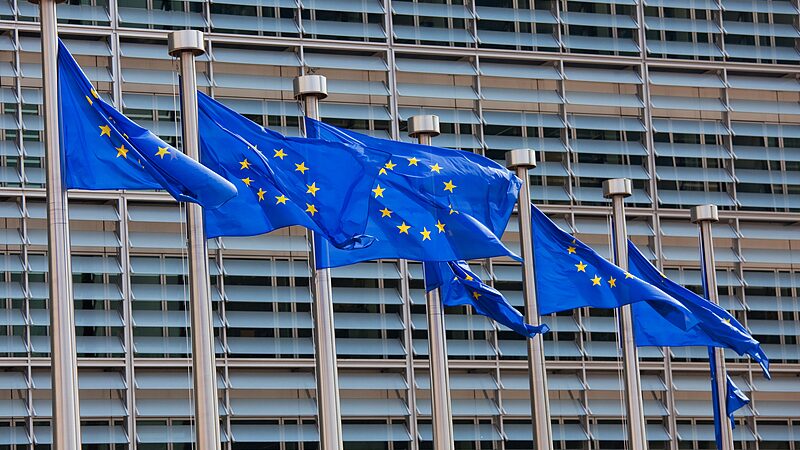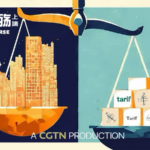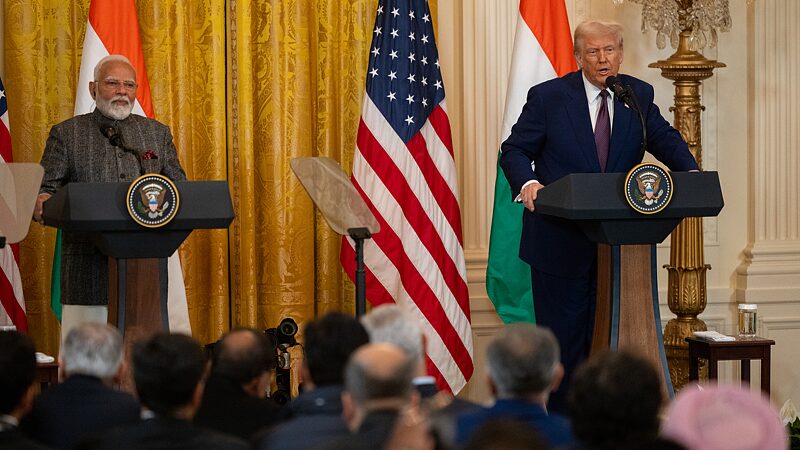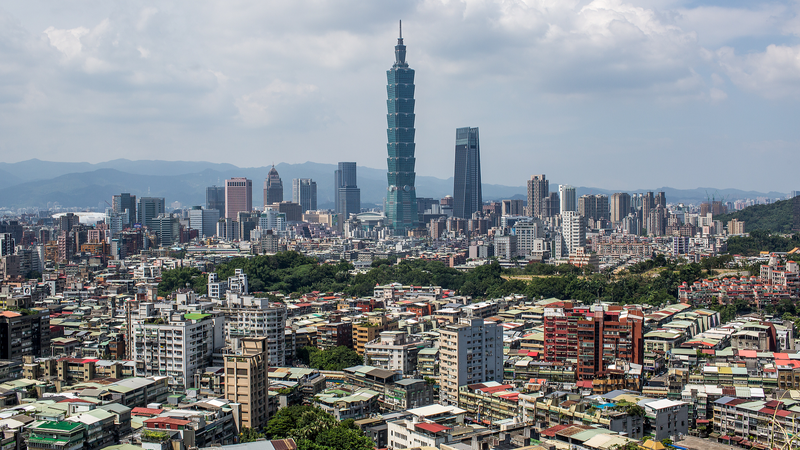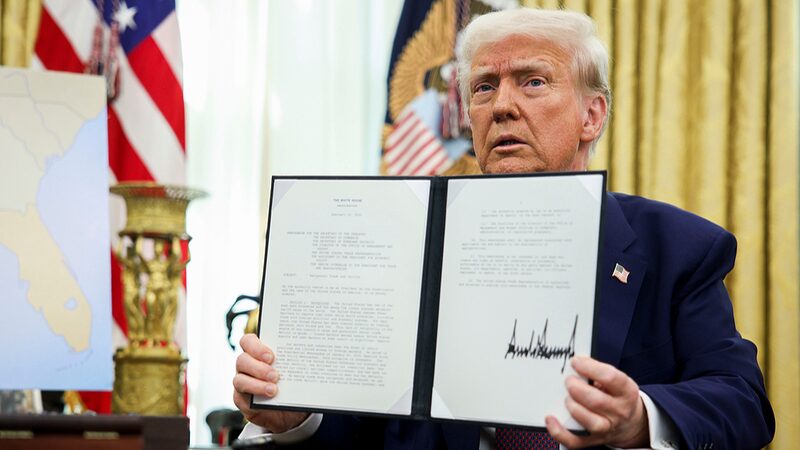As April 2 approaches, global markets brace for uncertainty over U.S. President Donald Trump's proposed 'reciprocal tariffs,' announced under his self-proclaimed 'Liberation Day' plan. The policy, which vows to match tariffs imposed by other countries on U.S. goods, has economists and trade analysts warning of economic upheaval.
What’s at Stake?
Trump’s plan, outlined in his 'America First Trade Policy' executive order, directs federal agencies to calculate tariffs equivalent to those levied by U.S. trading partners. However, implementation remains fraught with complexity. The American Action Forum estimates over 930,000 tariff assessments could be required across 186 countries and regions, with costs to U.S. consumers potentially exceeding $34.5 billion in the first year.
Recession Risks Amplify
Analysts at Goldman Sachs now project a 35% chance of a U.S. recession within 12 months—a 15% jump from prior estimates. The bank also revised its 2025 GDP growth forecast downward to 1.5%, citing inflationary pressures and supply chain disruptions from aggressive tariffs. 'The U.S. average tariff rate could hit 8.4%—the highest since 1946,' warns the Tax Foundation.
Global Trade System in Peril
Experts draw parallels to the 1930 Smoot-Hawley Tariff Act, which deepened the Great Depression. Stephen Roach of Yale Law School cautioned that unilateral tariffs risk triggering retaliatory measures, destabilizing interconnected supply chains. Tu Xinquan, a Beijing-based trade scholar, added, 'Forcing decoupling will harm U.S. firms as much as foreign ones.'
The question lingers: Will April 2 mark a new era of 'fair trade' or spark a global trade war? Economists urge vigilance as markets await clarity.
Reference(s):
'Liberation Day' or trade war ground zero? Decoding Trump's tariffs
cgtn.com


